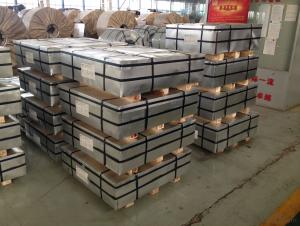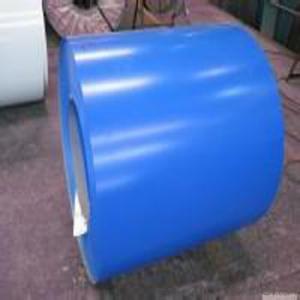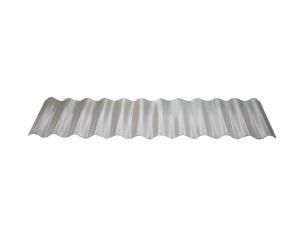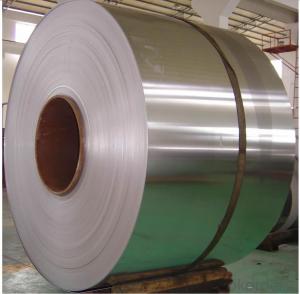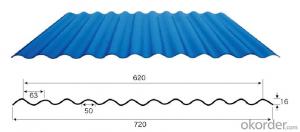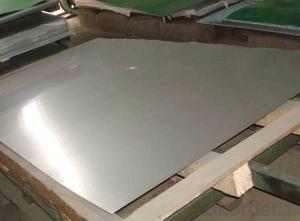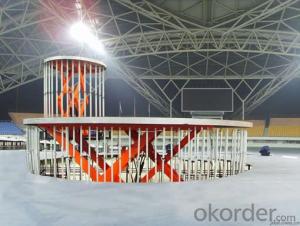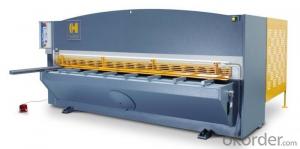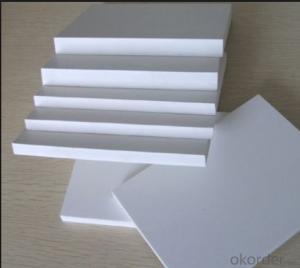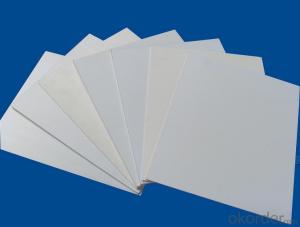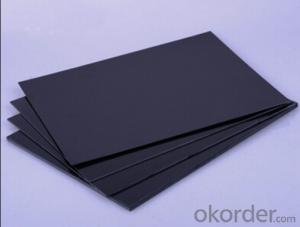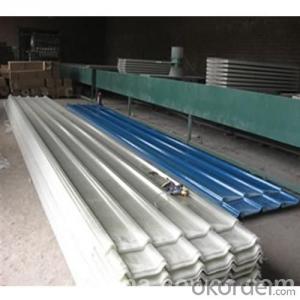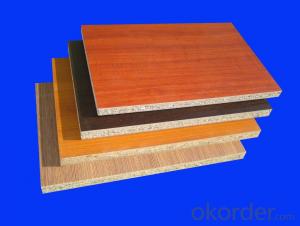Plexiglass Sheets 4X8
Plexiglass Sheets 4X8 Related Searches
Aluminum Plate With Holes Fridge With Freezer On Bottom Bathrooms With Vessel Sinks Blu Ray Player With Speakers Lenses Compatible With Canon Stainless Steel Pepper Mill Light Bond Plus Aluminum Transparent Roofing Sheets In Sri Lanka 24 X 50' Aluminum Trim Coil Aluminum Trim Coil 24 X 50Hot Searches
Plastic Sheets For Sale Eps Foam Sheets For Sale Grp Sheets For Sale Granite Sheets For Sale Styrofoam Sheets For Sale Starboard Sheets For Sale Styrofoam Insulation Sheets Price 8X4 Plywood Sheets Price Aluminium Scaffold Planks Sale Aluminium Walkway Mesh Prices Precast Concrete Walls Cost Buy Roofing Sheets Online Plywood Sheets Prices Melamine Laminate Sheets Suppliers Hpl Sheets Suppliers Buy Cubicle Walls 1 8 Aluminum Plate Home Depot 1/2 Inch Aluminum Plate Near Me 1/4 Inch Aluminum Plate Near Me Aluminum Trim Coil Near MePlexiglass Sheets 4X8 Supplier & Manufacturer from China
Okorder.com is a professional Plexiglass Sheets 4X8 supplier & manufacturer, offers integrated one-stop services including real-time quoting and online cargo tracking. We are funded by CNBM Group, a Fortune 500 enterprise and the largest Plexiglass Sheets 4X8 firm in China.Hot Products
FAQ
- Yes, stainless steel sheets can be used for oil and gas pipelines. Stainless steel is highly resistant to corrosion and can withstand extreme temperatures and pressures, making it a suitable material choice for these applications. Its durability and longevity make it an ideal option for oil and gas pipelines, ensuring a reliable and efficient transportation system.
- The automotive industry finds stainless steel sheets to be a valuable resource. This material has gained popularity due to its numerous advantageous properties. Its exceptional resistance to corrosion makes it an ideal choice for components that are exposed to harsh weather conditions, like car exteriors and body panels. Stainless steel sheets are also renowned for their impressive strength-to-weight ratio, enabling the creation of lightweight yet sturdy automobile parts. Moreover, stainless steel exhibits remarkable heat resistance and can endure high temperatures, making it suitable for applications like exhaust systems. In summary, stainless steel sheets are extensively utilized in the automotive industry because of their durability, ability to resist corrosion, and versatility in various applications.
- Stainless steel sheets used in construction are typically classified into three common grades: austenitic, ferritic, and duplex stainless steels. The most widely used grades are austenitic stainless steels, including 304 and 316, which are known for their excellent corrosion resistance and high strength. These grades are commonly applied in architectural applications, roofing, cladding, and structural components. On the other hand, ferritic stainless steels, represented by 430, possess good corrosion resistance and high toughness, making them suitable for applications that prioritize strength and durability. They are often utilized for decorative purposes, interior design elements, and automotive trim. Meanwhile, duplex stainless steels like 2205 offer a combination of outstanding corrosion resistance and high strength, making them ideal for heavy-duty construction applications. These grades are frequently used in bridges, offshore structures, and industrial plants where superior strength and resistance to chloride-induced stress corrosion cracking are necessary. It should be emphasized that the choice of stainless steel sheet grade depends on the specific requirements of the construction project, including the environment, load-bearing capacity, and aesthetic considerations. Seeking advice from a materials engineer or a stainless steel supplier can help determine the most suitable grade for a particular construction application.
- Certainly, stainless steel sheets prove to be a fitting choice when it comes to welding and fabrication purposes. The weldability of stainless steel is truly exceptional, enabling it to readily merge through an array of welding techniques like TIG (Tungsten Inert Gas) or MIG (Metal Inert Gas) welding. Moreover, its formability is commendable, granting it the ability to be effortlessly molded and fabricated into diverse structures or components. Furthermore, stainless steel sheets exhibit remarkable strength and resistance against corrosion, thereby winning favor in industries encompassing construction, automotive, and manufacturing. All in all, stainless steel sheets establish themselves as a versatile and dependable material for applications pertaining to welding and fabrication.
- Stainless steel sheets are indeed suitable for use as backsplashes in kitchens. The durability, heat resistance, and low-maintenance nature of stainless steel make it a popular option for this purpose. It can endure stains, water, and rust, making it particularly well-suited for areas prone to spills and splatters. Moreover, cleaning stainless steel sheets is a breeze, as they can be easily wiped down with soap and water or stainless steel cleaner, ensuring a hygienic and sanitary environment in the kitchen. Additionally, the sleek and contemporary appearance of stainless steel adds a touch of modernity to any kitchen decor. In summary, opting for stainless steel sheets as a backsplash is both practical and stylish.
- Stainless steel sheets are typically able to resist hydrochloric acid. The corrosion resistance of stainless steel is well-known, as it has been proven to endure various types of acids, including hydrochloric acid. Nevertheless, the level of resistance may differ depending on the stainless steel's grade and composition. Extended exposure to concentrated hydrochloric acid or elevated temperatures may result in corrosion or harm. Hence, it is advisable to seek guidance from a stainless steel expert or consult the corrosion resistance chart for the specific stainless steel grade to ascertain the appropriateness of stainless steel sheets for a specific application involving hydrochloric acid.
- Yes, stainless steel sheets can be used for heat shields. Stainless steel is known for its high heat resistance and durability, making it an excellent choice for protecting against heat transfer. Stainless steel sheets can effectively shield against radiant heat, convective heat, and conductive heat, making them suitable for a variety of applications such as automotive heat shields, industrial equipment, and home appliances. Additionally, stainless steel sheets offer corrosion resistance and are easy to clean, making them a practical and long-lasting choice for heat shield applications.













